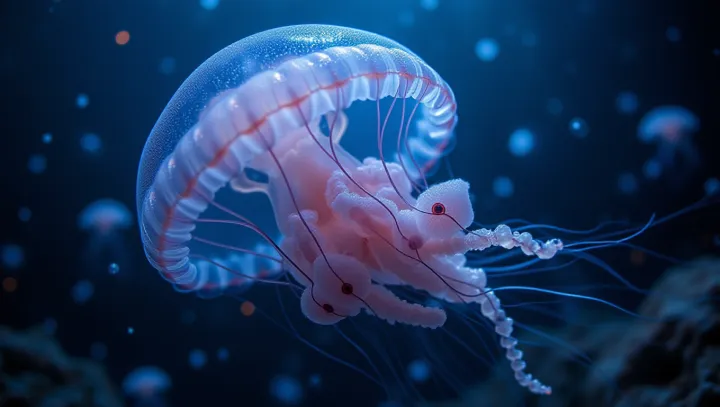Jellyfish: Nature's Simple Yet Intricate Marvel

In recent months, coastal regions from Hawaii to the Mediterranean have reported significant increases in jellyfish populations. These fascinating marine organisms, known for their simple anatomical structure, are making waves—both literally and metaphorically—in the scientific community. Jellyfish, characterized by their gelatinous bodies and trailing tentacles, might appear rudimentary.
However, their sudden proliferation is prompting extensive research. Marine biologists, such as Dr. Emma Taylor from the Oceanic Research Institute, emphasize the need to understand these creatures' ecological roles and their potential disruptions to human ventures, like fisheries and tourism.
Experts attribute the jellyfish surge to factors including climate change and overfishing, which result in predator decline and altered ocean currents. Dr. Taylor notes that while jellyfish blooms are natural occurrences, their frequency and magnitude underscore the need for ongoing observation and adaptive marine policies.
The visual impact of beaches dotted with jellyfish and the emotional response they evoke—ranging from awe to inconvenience—highlight the intricate balance of marine ecosystems. Scientists advocate for a concerted effort to delve deeper into the dynamics of jellyfish populations, aiming to achieve harmony between marine conservation and economic sustainability.
